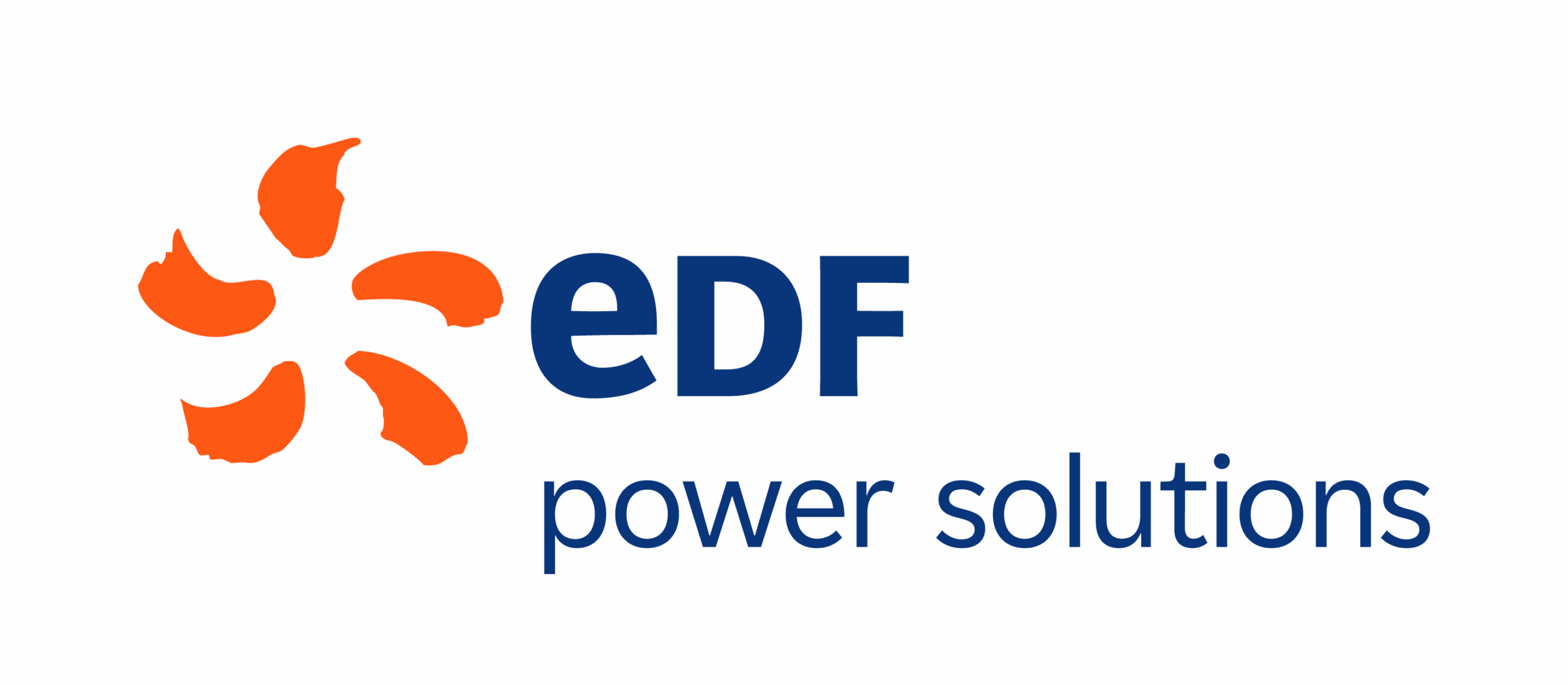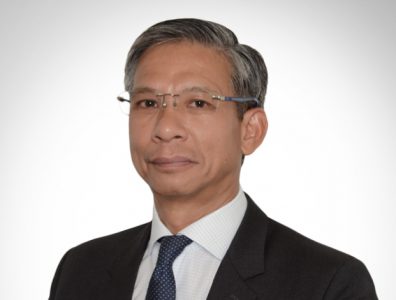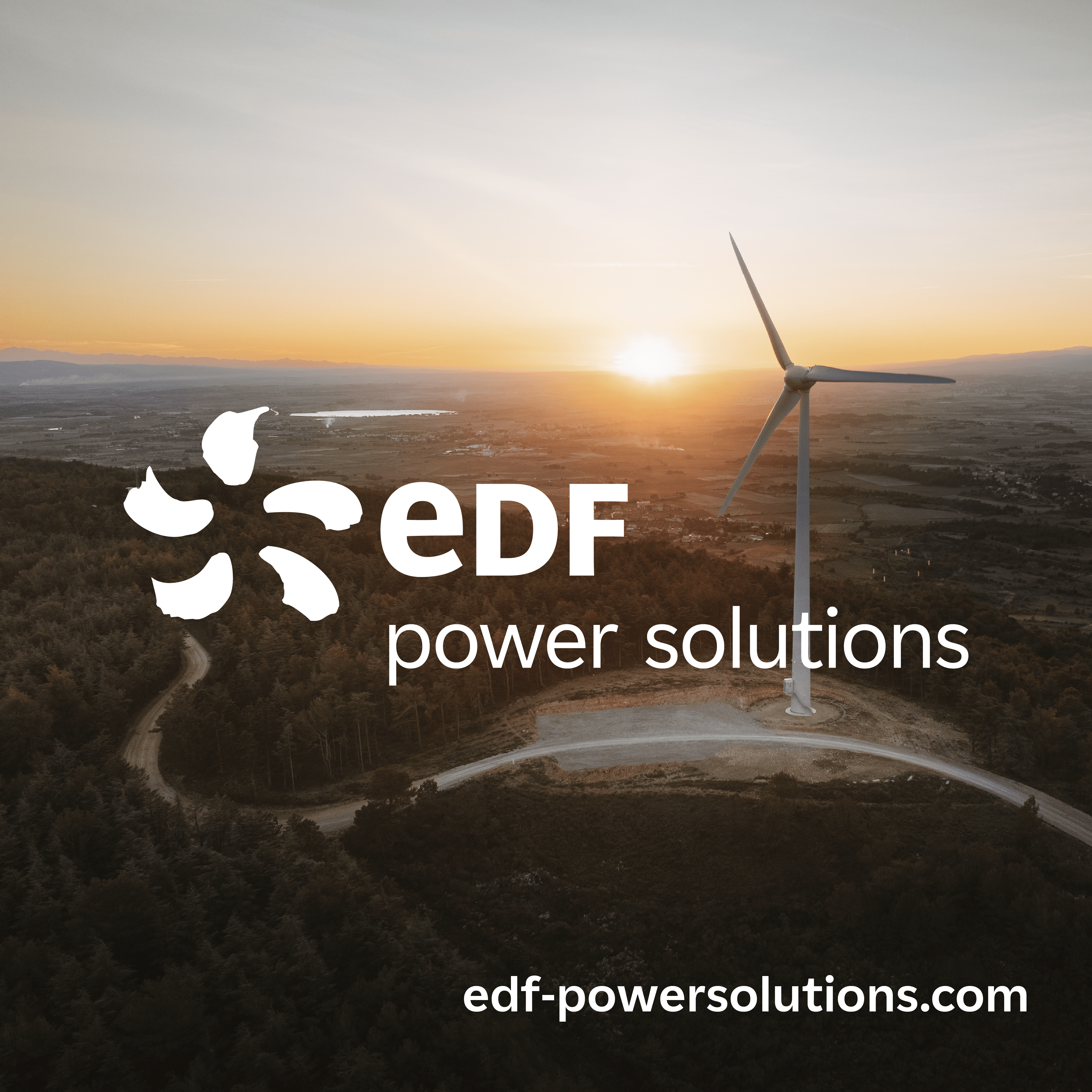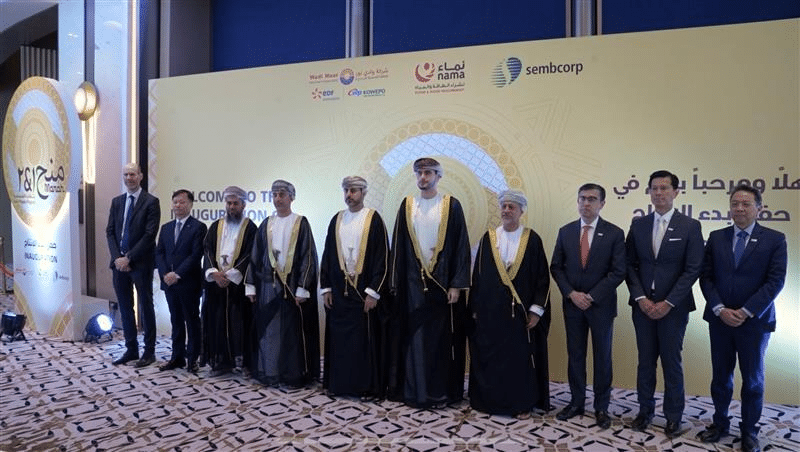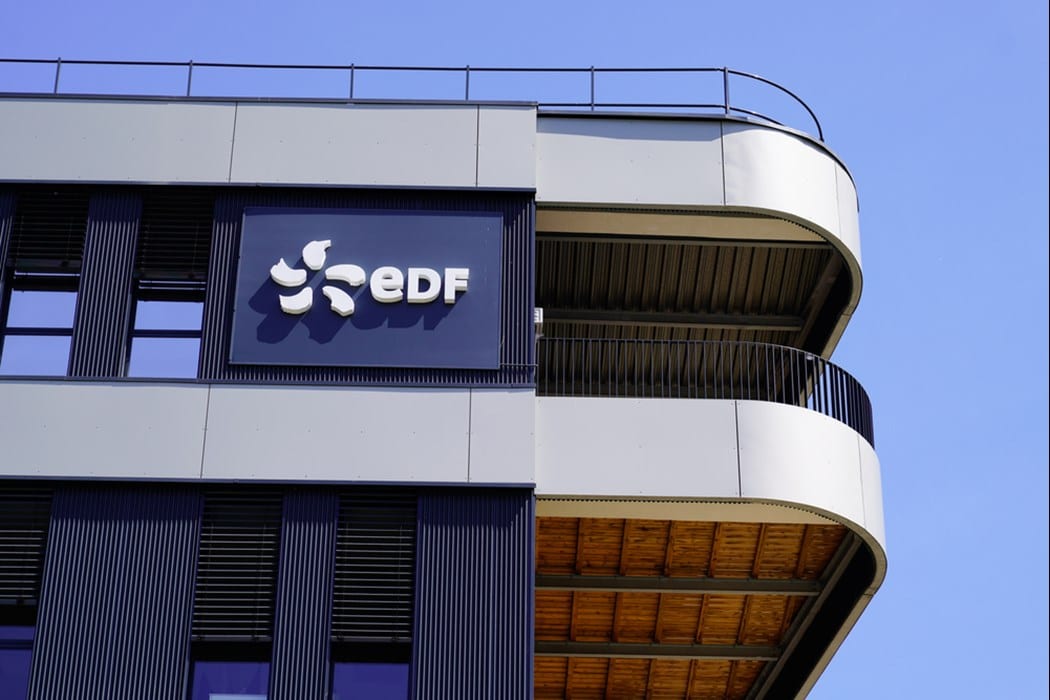Francois Dao, vice-president of the Middle East and Africa for EDF Renewables, talks to The Energy Year about the acceleration of renewables in the Middle East and the company’s role within this trend, as well as the latest on the development of the Al Dhafra solar project. EDF Renewables develops, builds and operates renewable power plants.
What role do you see for EDF Renewables in the Middle East region?
If I could summarise the role of EDF Renewables in the region, I would use one word: acceleration. This acceleration forms part of our contribution to the growing installed capacity in the Gulf Cooperation Council region.
In 2017, the region had around 300 MW of installed capacity in renewable energy, mainly solar. In 2022, this region will reach around 10,000 MW, based on projects that are being signed, closed, financed or constructed right now. This means roughly 100% growth every year, a rate of doubling yearly.
EDF Renewables is involved in solar, wind and storage. While we are present in 22 countries, the Middle East is a major region for development for us and we are fully committed to supporting its governments’ climate change plans.
In terms of size, we are currently operating 1,000 MW in the Dubai solar park [Mohammed Bin Rashid Al Maktoum Solar Park]. This has been fully operational since April 2020. In Saudi Arabia, we are building a 400-MW wind farm, which will be the largest in the Middle East. Despite the pandemic, the construction work is progressing according to the sanitary and health conditions. 12 turbines have been erected so far and we should be starting to deliver our green kilowatt hours in the middle of this year, as planned.
Our model is to develop, finance, build and operate. And therefore, our commitment to the region is boosted by our approach of forming long-term partnerships.
Do you see this acceleration in the UAE in particular?
This growth in capacity is a translation of the commitment of this government and this country. We have seen, in recent years, a genuine and tangible commitment by the UAE government to the energy transition, the target of which is to reach 50% low-carbon energy in its mix by the year 2050. 2050 seems far away, but in terms of making these changes, it’s actually tomorrow.
Despite the turbulence of 2020, the Al Dhafra solar project achieved financial close in record time. How did the consortium achieve this while managing a world-record tariff for electricity?
EWEC had a clear commitment to stick to the timeline. Time is of the essence with any business, but this becomes even more true when we are fighting for an energy transition.
In working together with our partner to reach a competitive level of tariff, there are two key parameters. First of all let’s start with Mother Nature. The UAE has among the highest levels of solar availability in the world. A second factor is our experience in developing such large-scale utilities around the world, and recently in Dubai with DEWA [Dubai Electricity & Water Authority]. Our project with DEWA at the Dubai solar park took three years of construction, and all of this was experience for us, helping to optimise our costs.
Our technology partner in Al Dhafra, Jinko Power, is also bringing great value to the table. On top of all of that, innovation has played a key role in maximising efficiency for the project – among other things, the use of bifacial PV modules.
Tell us about this new PV design.
Our bifacial technology involves using both the front and back of the panel. The front absorbs direct radiation, while the back absorbs the reflection of the light from the ground. When you use the light here, the shade becomes just as important. You have to play with this in order to squeeze in as many PV panels as you can within the fixed area allocated for the project. For the module itself, you use the most state-of-the-art technology to boost the production.
The second major element of the design is the tracker. Our modules turn along with the sun’s movement. If you visit in the morning, you will see one orientation, and as they turn throughout the day, by 5 p.m. they will be facing the opposite side. Of course, the sun is not moving the same way in the winter as during the summer, so all of this is very smart. The Al Dhafra project does this with 4 million PV modules spanning 20 square kilometres, an area equal to 3,700 football fields.
How do you clean 4 million modules to ensure maximum absorption of radiation?
You need robots. We are currently running some R&D tests in order to select the right ones.
In order to maximise production, you have to utilise the best technologies and balance the risk. This means that every module and product must be qualified in order to ensure it will last. We will be owning and operating for 30 years, so everything has to last at least that long.
As one of the developers, how do you assess the financing phase of the project?
EDF Renewables and Jinko Power are the developers. Our job is to manage the whole project during construction and then to manage it as the operator. As part of managing, we also provide financing. We go to lenders and banks, and we put our own money down to structure the financing. We achieved this significant financial operation in December, six months after the PPA [power purchase agreement]. More than USD 1 billion of financing has been committed by the lenders and ourselves.
What do you see as a feasible timeline for the project and which companies will be involved as subcontractors?
We are currently finalising the construction contract, to be formalised within this month [March 2021]. We are the developer and manager of this project, as we own, together with Jinko Power, only 40%. TAQA and Masdar will be sitting along with us at the board in order to supervise.
During the construction phase, more than 4,000 workers will be present on site. In the operation phase, more than 90 employees will manage the operation of the plant. The project shall respect the Emiratisation requirement of the contract.
My team’s job is to ensure that this project will be delivered in 2022 in accordance with the safety and health rules, within a year, to start producing. We are committed to providing the equivalent electricity to power over 160,000 local households for 30 years.
What is the role of storage capacity in unlocking the potential of renewable energy?
Storage is a solution for renewable energy growth. It is also a matter of timing. The more renewable energies are added to the electrical grid, the more the utility companies will need storage to make sure that all this creates something stabilised for the grid. The cost of batteries is decreasing, and we expect to see a significant decrease based on what we have seen from the PV modules.
